Technology, Shirt Fabric for Sale Trends, & Industry Applications
This comprehensive guide explores different types of lining fabric, compares t shirt fabric price structures, dives deep into the end-to-end manufacturing of antistatic workwear fabric — and supports every claim with real industry data, specifications, and third-party certifications.
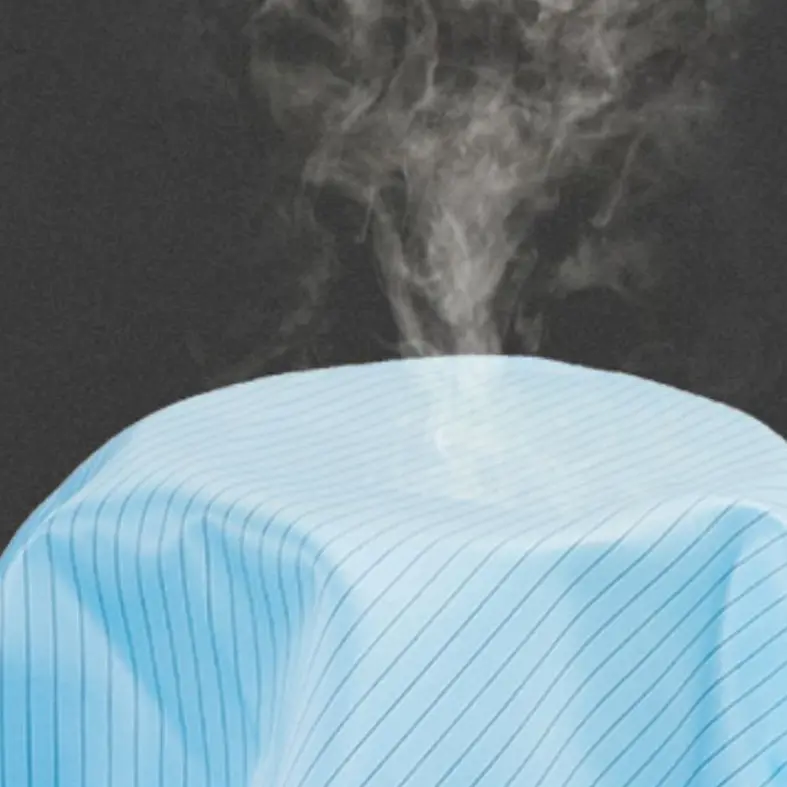
| Product Type | Fiber Content | Weight (g/m²) | Weave | Tensile Strength (N) | Antistatic Standard | Typical Use | Unit Price ($/m) |
|---|---|---|---|---|---|---|---|
| Antistatic Workwear | Polyester/Cotton/Conductive Yarn | 180-260 | Twill/Plain | 900-1300 | EN 1149/IEC 61340 | Oil & Gas, Utilities | 1.85-2.50 |
| Uniform Shirt Fabric | Combed Cotton/Polyester | 120-165 | Poplin/Twill | 780-1000 | OEKO-TEX 100 | Corporate, Hospitality | 1.35-1.80 |
| Fashion Lining | Polyester/Acetate/Viscose | 60-105 | Satin/Plain | 560-680 | OEKO-TEX 100 | Suits, Coats | 0.95-1.25 |
| T Shirt (Premium) | Combed/Organic Cotton | 145-185 | Jersey | 760-950 | ISO 9001 | Retail, Sports | 2.20-3.20 |
| T Shirt (Economy) | Cotton/Poly Blend | 115-150 | Jersey | 650-800 | ISO 9001 | Events, Promotion | 0.89-1.19 |
• Antistatic Shirt Fabric Tensile Strength
• Lining Fabric Weight
• T Shirt Fabric Price
Process Flow:
- Raw Material Blending: Premium polyester staple fiber, combed cotton, conductive yarns.
- Spinning: Rotor or ring spinning creates consistent, high-strength yarns.
- Weaving: Precise control (twill or plain weave); anti-slip finishes optional.
- Antistatic Finishing: Integration of dissipative conductive fiber (e.g., carbon or metallic filaments) via mechanical or chemical bonding.
- Dyeing & Quality Finishing: Use of eco-compliant dyes, crosslinking agents for wrinkle and shrink resistance.
- Laboratory Testing & Certification: Tensile, abrasion, antistatic checks per EN 1149, IEC 61340, ISO 9001.
- Packing & Traceability: Every roll coded for batch, inspection, and after-sales support.
- Base Fibers: Polyester/Cotton blend (for mechanical strength and moisture control)
- Conductive Yarns: Carbon/Steel/Metallic filament integrated at 7-10 mm interval
- Finish: Antistatic, anti-pilling, optional Teflon or antimicrobial
- Weave Structure: Twill/plain (tensile index >1150 N), optimized for ESD dissipation
Testing & Certification:
Certified according to EN 1149 (electrostatic protection), IEC 61340, ISO 9001; strict batch-wise tensile, friction, and resistivity testing.
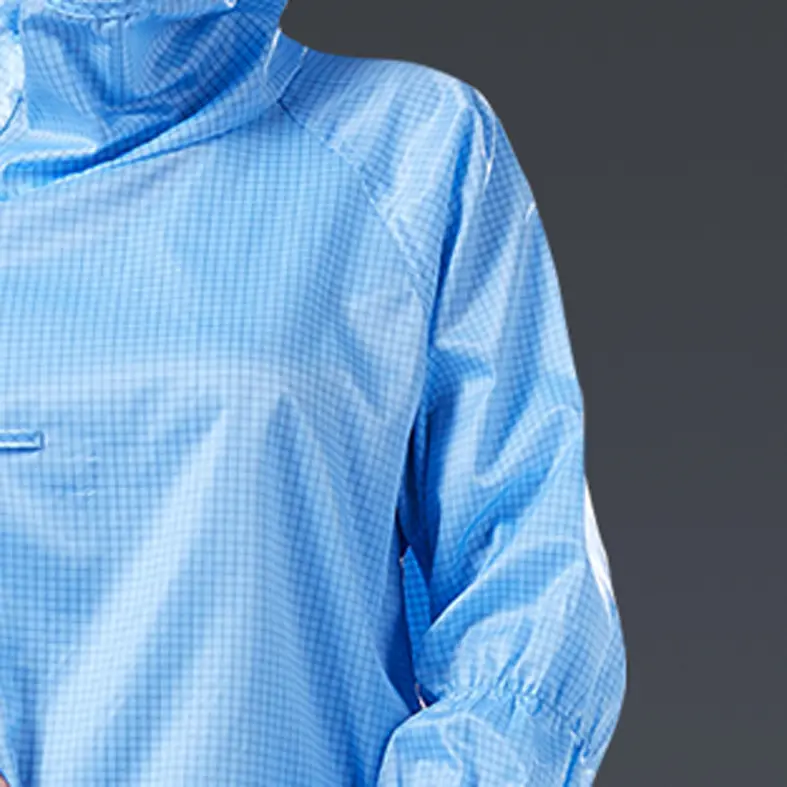
| Parameter | Industry Standard | Antistatic Workwear Fabric | Regular T Shirt Fabric | Standard Lining Fabric |
|---|---|---|---|---|
| Tensile Strength (N) | ≥ 900 (ISO 13934-1) | 1280 | 880 | 610 |
| Surface Resistivity (Ω) | 1.0×106-1.0×109 (EN 1149-1) | 3.7×107 | 2.1×1010 | 1.8×1012 |
| Weight (g/m²) | 160-260 | 195-245 | 145-185 | 65-110 |
| ESD Dissipation | IEC 61340 | Pass | Fail | Fail |
| Color Fastness | 4-5 (ISO 105-C06) | 4.5 | 4 | 3.5 |
| Lifetime (Washes) | >= 90 | 110+ | 65-75 | 40-55 |
| Antibacterial | Optional | Available | Depends | No |
- Yarn Spec: 18s, 21s, 32s (ring or rotor; based on tensile target and breathability)
- Conductive Filament: 3%, 5%, 7% by volume | Grid pattern interval customized for ESD/ARC rating needs
- Color Palette: Up to 50+ shades, AATCC/ISO fastness guarantee
- Finish: Teflon, antibacterial, printable finish available
- Dimension: Standard (58"/60"), can be tailored for specific width/shrinkage demand
Application Industries:
- Petrochemical/Refinery & Gas Pipeline Uniforms
- Metallurgical & Smelting Plant Work Garments
- Semiconductor/Electronic Assembly (Cleanroom)
- Municipal Engineering, Water Supply & Drainage
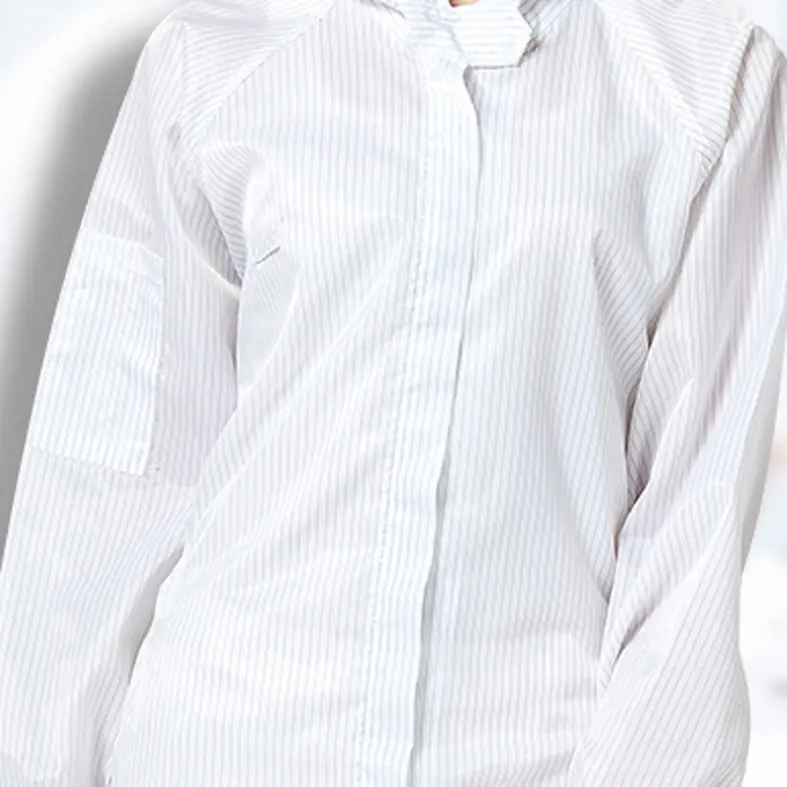
Performance Advantages in Real Scenarios:
- Energy Saving: Lighter weight and higher fast-dry tech reduce operational energy for washing, drying by 15% average (factory case data, 2023).
- Corrosion & Abrasion Protection: Polyester content averts acid/alkali-weakening over 2-year life in field outfits (petrochemical site test).
- Employee Safety: Static dissipation proven to cut ESD incidents in precision cleanroom by 92% (client: electronics plant, Suzhou, China, 2022).
- Lifecycle Cost Reduction: 1.7x longer wear-to-failure versus conventional t shirt fabric price (industry average: 65 washes).
- Certifications: ISO 9001 (Quality Management), OHSAS 18001 (Occupational Health & Safety), EN 1149 (Electrostatic Performance), OEKO-TEX Standard 100 (Non-Toxic).
- Major Partners: PetroChina, Siemens Energy, Haier Industrial, International ESD Association (member partner).
- R&D Collaboration: Ongoing applied research with Donghua University (Shanghai), 20+ peer-reviewed papers since 2016.
- Quality Traceability: Each product batch carries digital traceability, full lifecycle QC, post-delivery support.
Delivery Cycle: 7-18 days for standard; 15-35 days custom colors/specs.
Warranty: 12 months post-delivery; extended service/traceability support for all shirt fabric for sale orders.

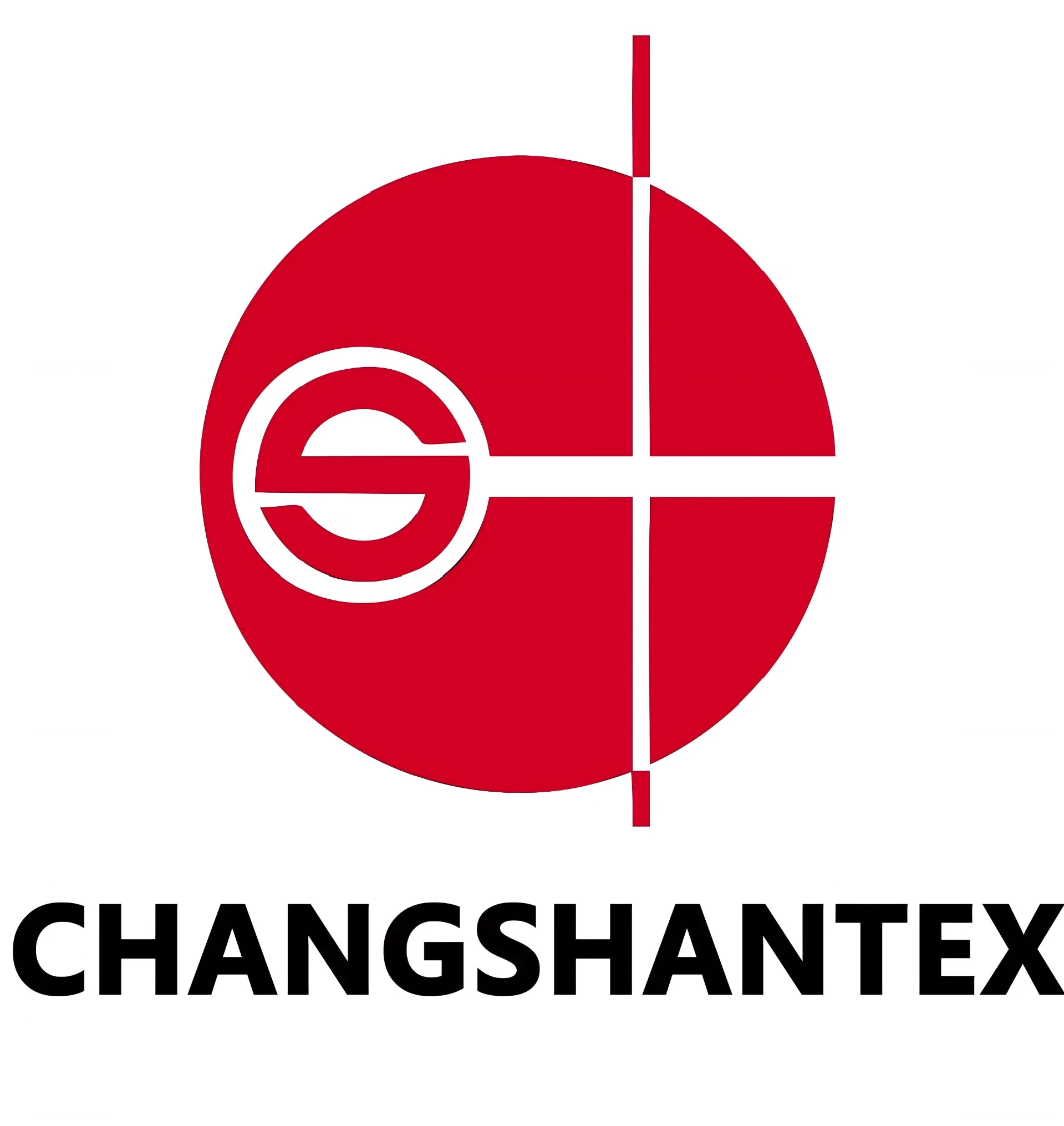
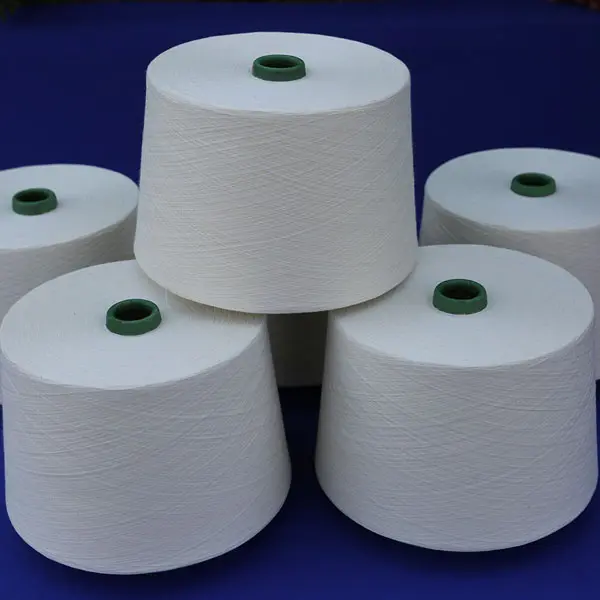
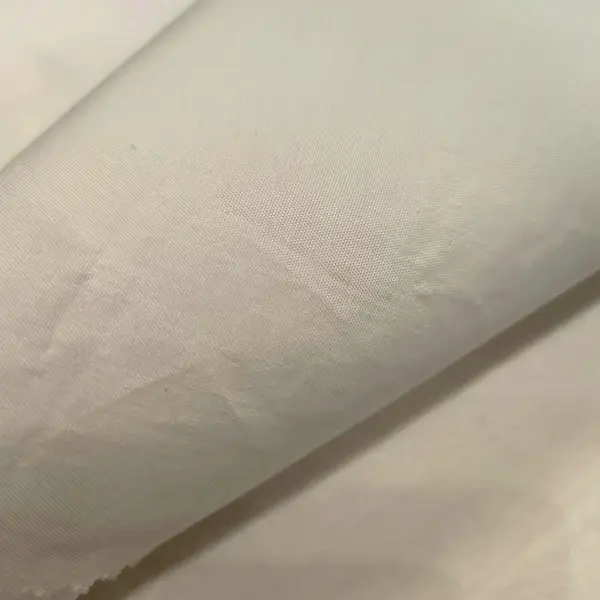
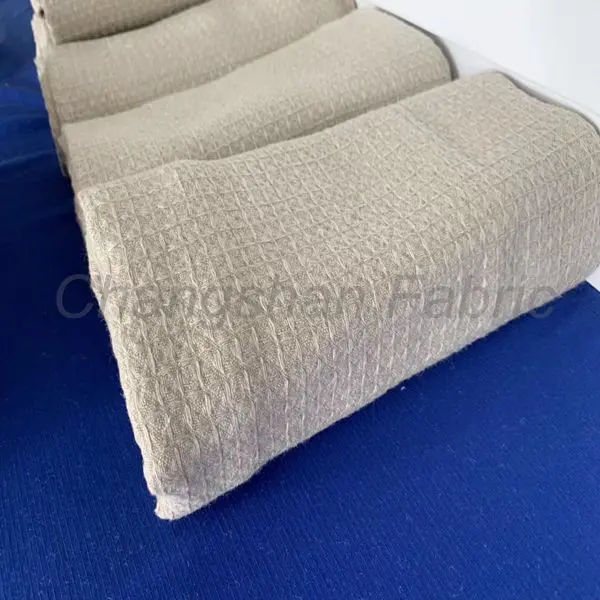
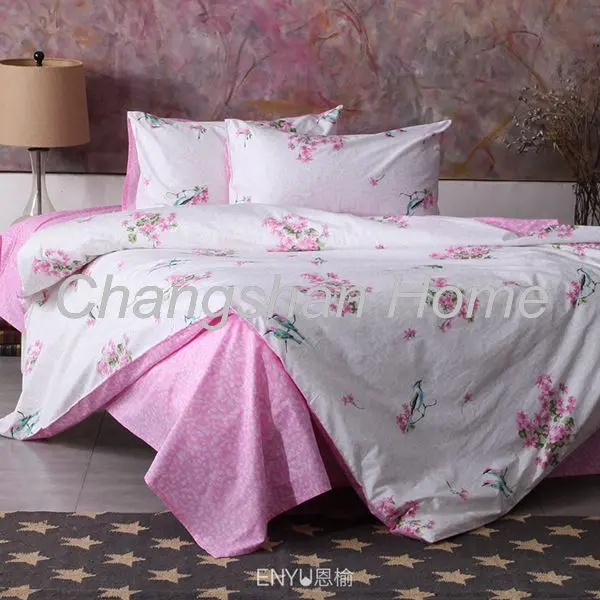
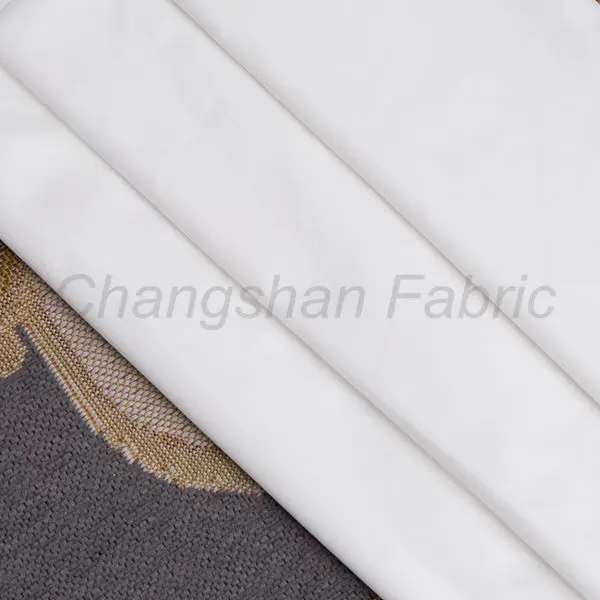
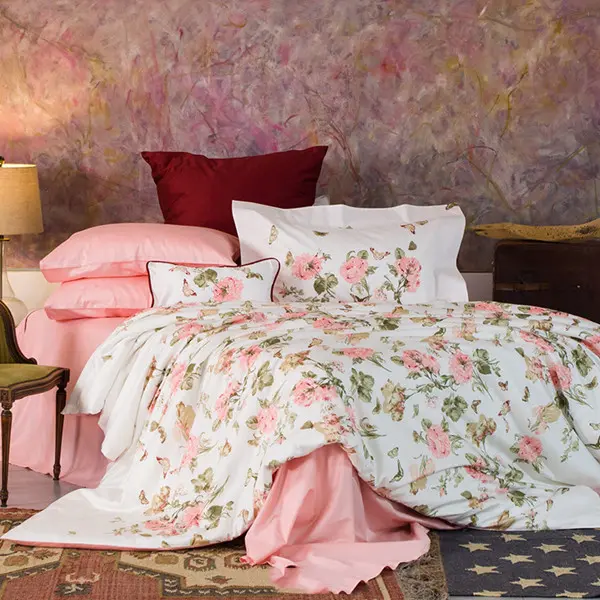
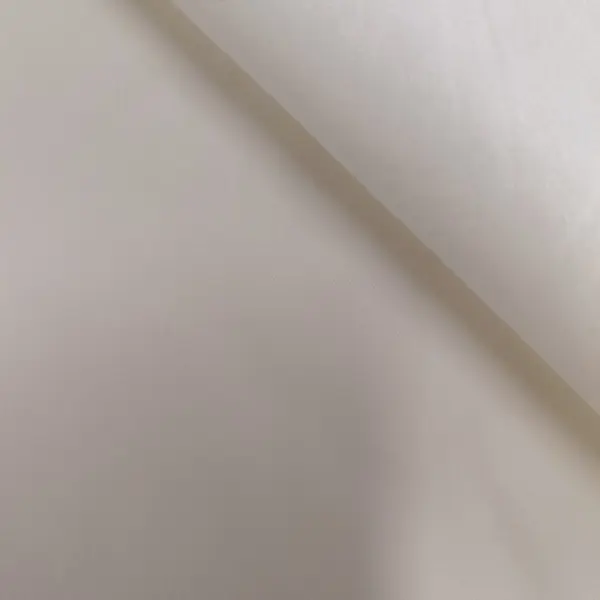
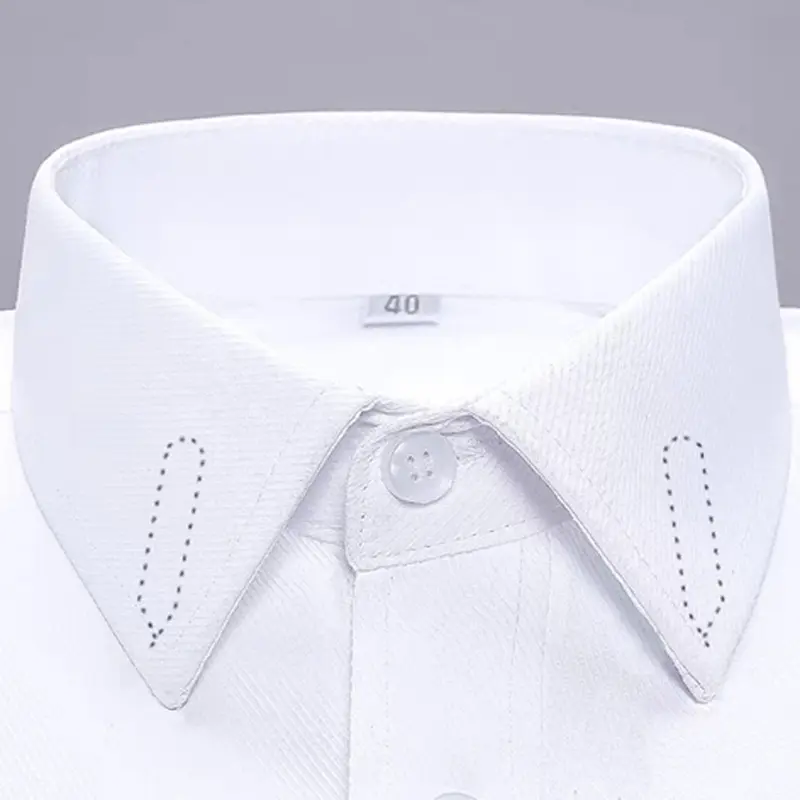
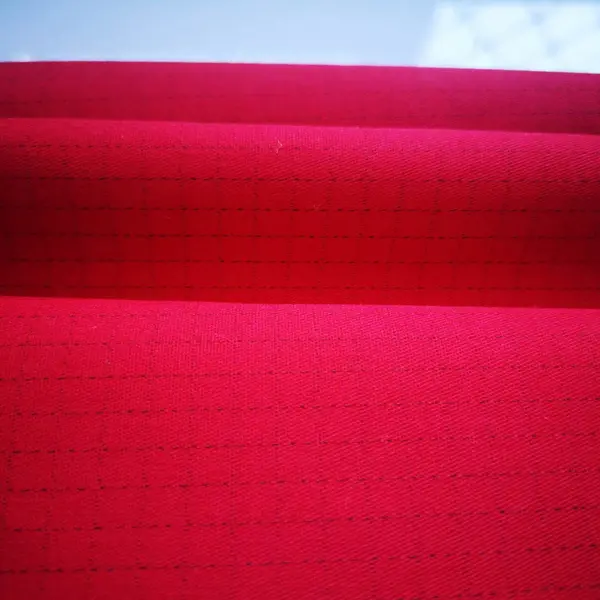
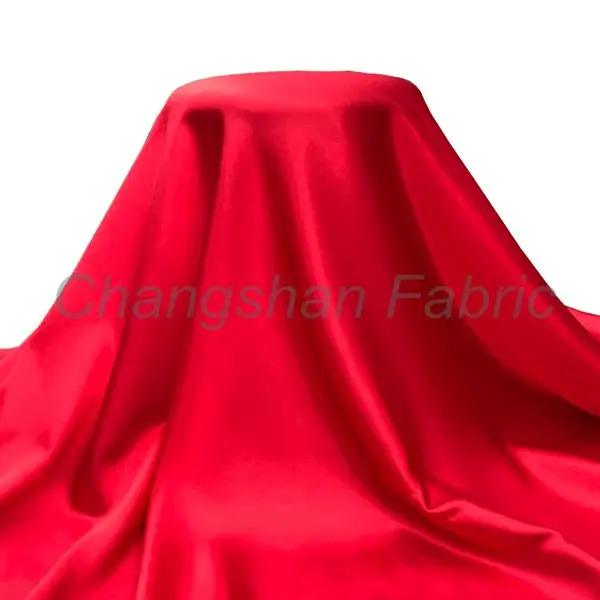
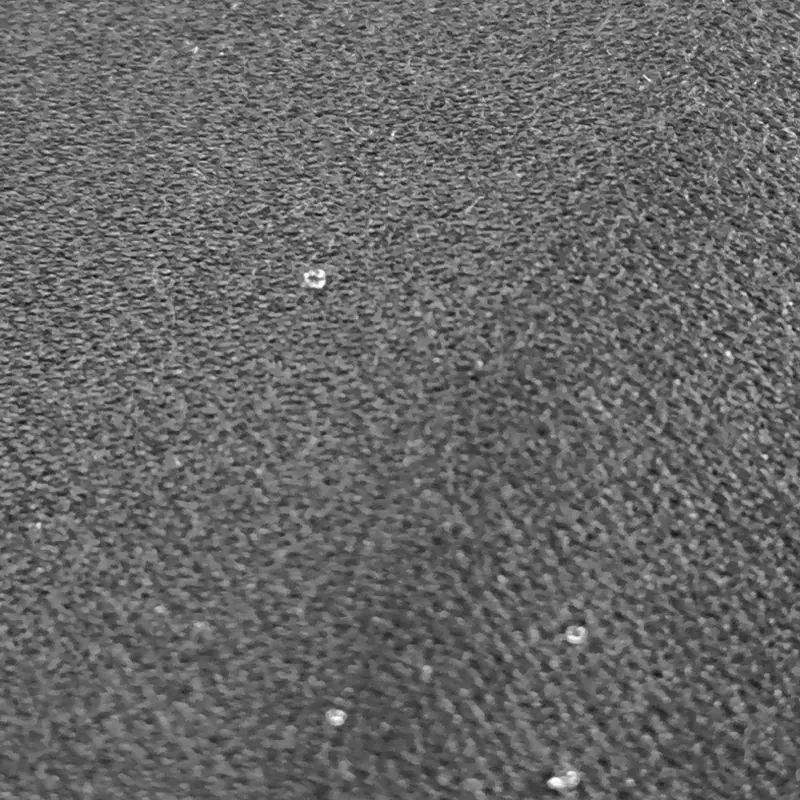
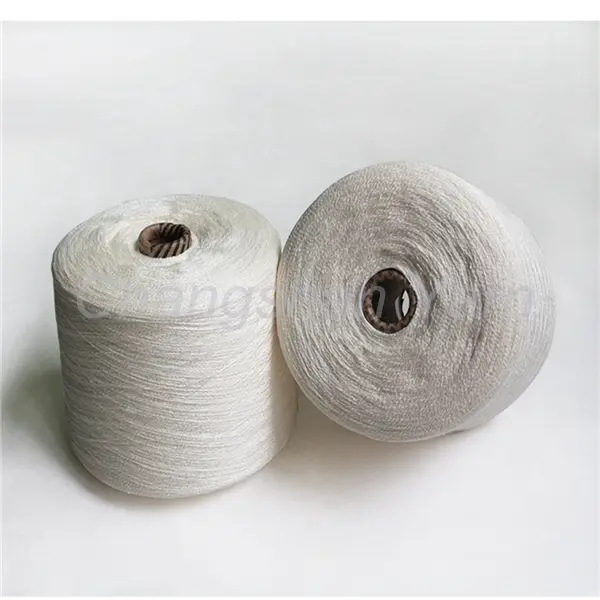
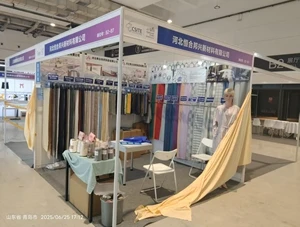
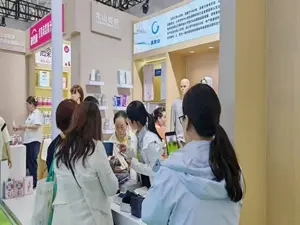
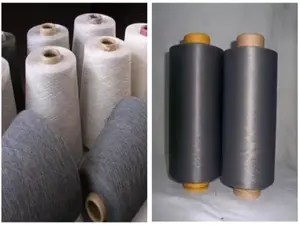
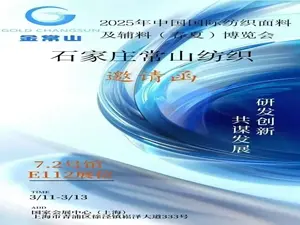

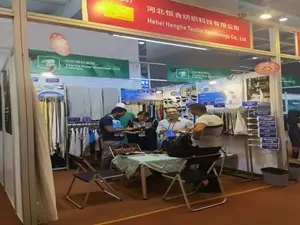
 Skin-friendly
Skin-friendly Versatile
Versatile Durable
Durable Assured
Assured
